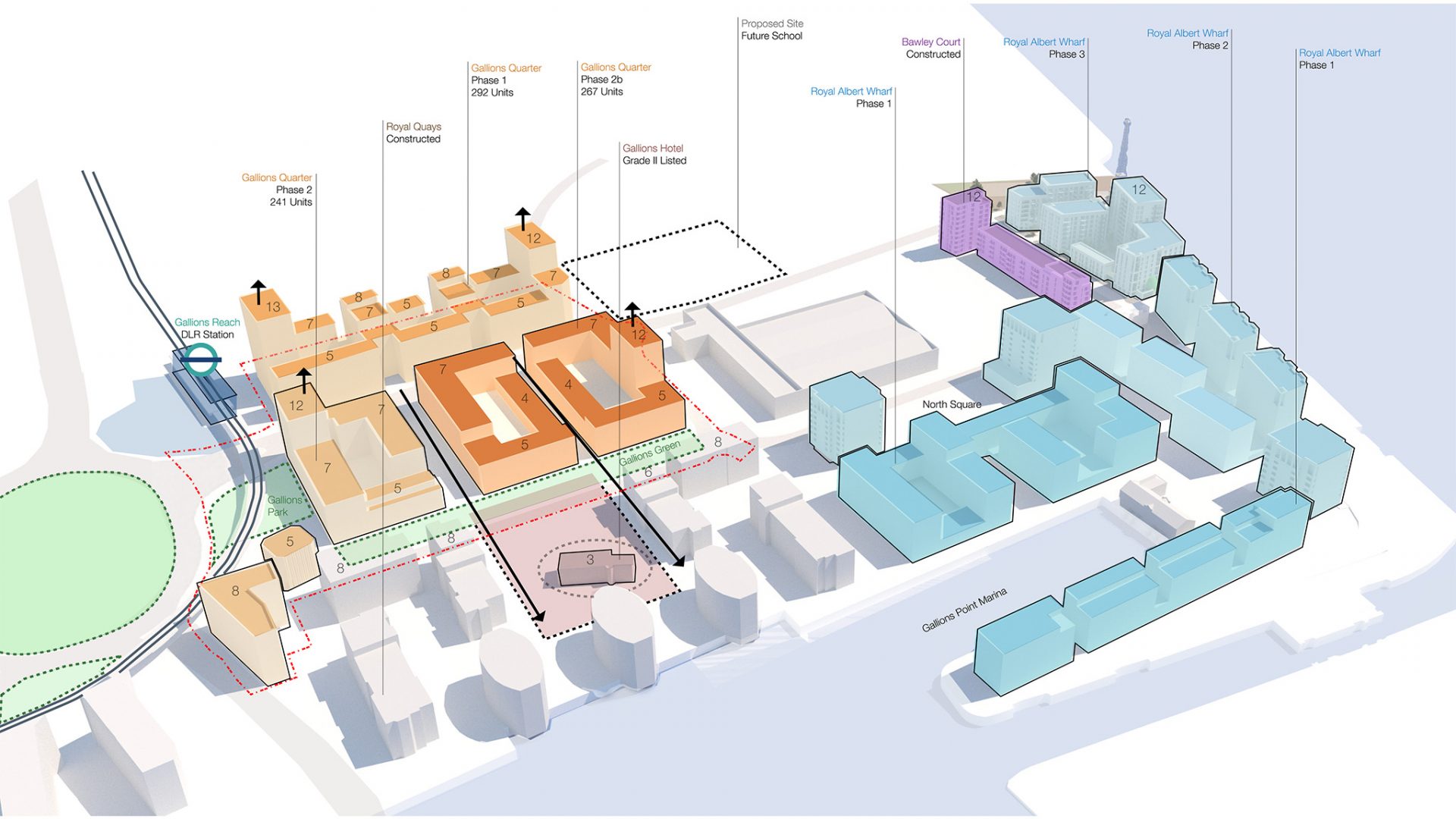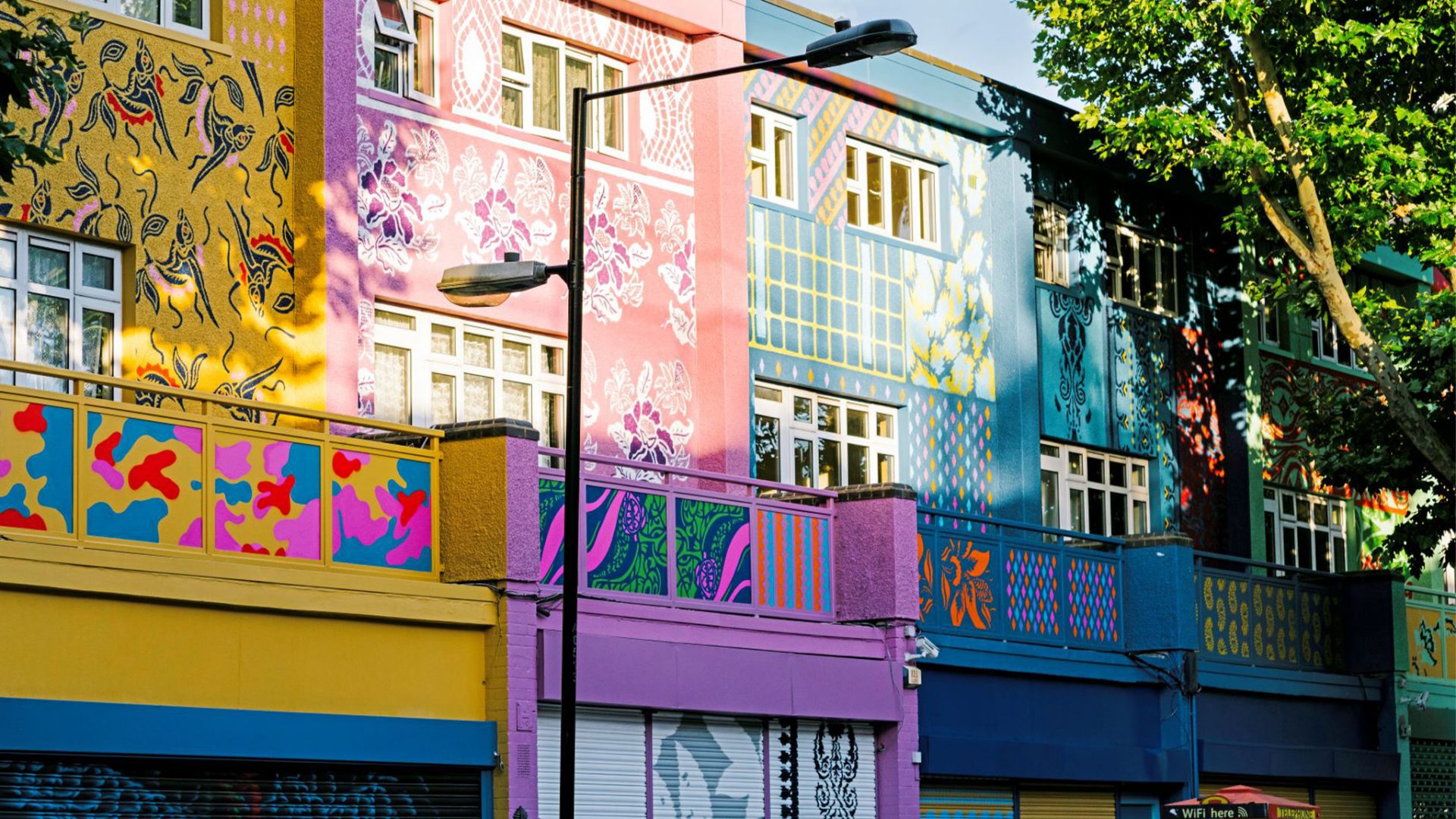- Robert Bevan is architecture critic for the London Evening Standard. He’s also a member of our Curation Panel. In this essay he shares his thoughts on our 2019 theme of boundaries.

We live in a London that is in danger of becoming ever more segregated.
Wealth inequality and property prices are the centrifugal drivers, pushing the economically disadvantaged to the edge with its follow-on consequences for so many aspects of the capital’s character — multiculturalism, class, educational aspirations and environmental quality.
London’s communal mosaic — however imperfectly drawn — has long been a factor in its cultural and economic vitality, opportunity and cohesion. As this mosaic ossifies into a more monolithic picture, the city is in danger of becoming more like Paris with a mummified heart and non-Parisians and those marginal to the market, be they BAME, public sector workers, clubbers, artists, start-ups, cast out to the peripheral banlieues.
At the very least, the needs of those who are out of sight become out of mind; at worst ‘otherness’ is intensified to the point of enmity and persecution. Otherness is the first step to treating people unlike you as less than fully human.
Boundaries are created through the uses and abuses of defensible space, by poor doors, by estate renewal and social cleansing, privatised public spaces that exclude even without gates, by the vertical segregation of the luxury high-rise and in myriad other ways.
Anger is said to be, in some cases, a physiological response to personal boundaries being breached or bulldozed but I’m hoping that this year’s LFA theme will throw up propositions that have some righteous anger about the boundaries being created in our city. Let’s NOT build a wall.






